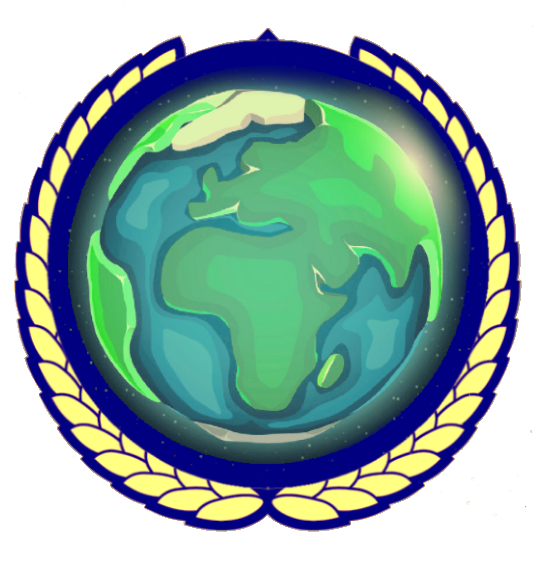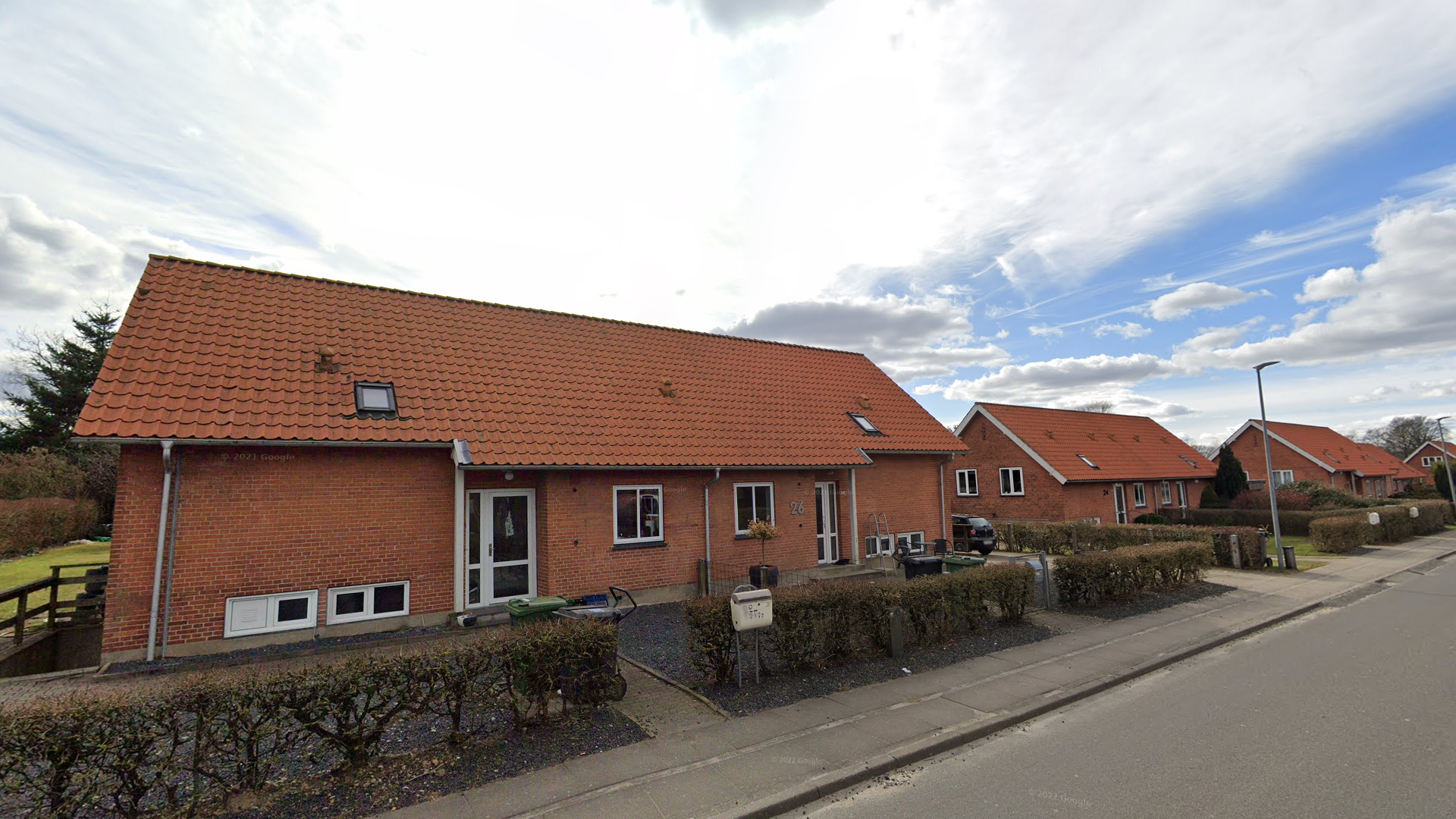
Denmark
Step 1 – Identifying Denmark
Standard plates are long and white, with a blue strip on the left. Commercial plates are yellow. And so-called “Parrot” plates have a yellow section on the left hand side. These are unique to Denmark.
NOTE: The Netherlands, Luxembourg and the UK use yellow plates for private vehicles.
Denmark is a generally flat country with wide, open fields between towns. Suburban areas are usually open, with space between buildings. Urban cores are more dense and built up.
Denmark has very unique-looking direction signs that are very useful to recognize the country. They are low to the ground and framed by pipes. They are either coloured red and white or blue and white, with a directional arrow incorporated into the background. Signs often feature road numbers.
Some larger road signs have a more standard layout without the pipe frame. Highway signs have blue or green backgrounds.
Denmark has a very recognizable white bollard with a yellow reflector and a dark orange stripe. This bollard is unique to the country. You may also find this green variant.
NOTE: Belgium has bollards that may look somewhat similar. However, it will never feature the orange stripe.
Danish is a North Germanic language that is closely related to Swedish and Norwegian. The Danish alphabet contains these special letters: Æ, Ø, and Å.
NOTE: The special letters found in Danish can also be found in some of the other Northern Germanic languages:
Norwegian uses Æ, Ø, and Å.
Faroese uses Æ and Ø but not Å.
Icelandic only uses Æ.
Swedish only uses Å. In addition, Swedish uses Ä and Ö, which are not found in Danish.
Some houses in Denmark have thatched roofs, especially in rural areas.
You can also sometimes find grey corrugated roofs. These look somewhat similar to roofs commonly found in Baltic countries.
Denmark has square (normal B-type) guardrails, with no reflectors.
NOTE: Denmark is one of only a very few European countries with this type of guardrail. For a good overview of European guardrails, see this infographic.
Bus stop signs in Denmark are black and yellow. A small sign is attached to the top of the pole, with the bus schedule underneath. Additionally, you may see this older blue and white version.
Standard street level utility poles are rare in Denmark. Most of the electricity infrastructure you will find in the countryside are large, towering overhead power lines, often near highways.
Denmark has an easy to learn road numbering system. They order their roads from east to west.
Roads starting with the numbers 2 to 5 are grouped by region.
Roads starting with the number 1 can be found nationwide, but the second digit still follows a rough regional distribution. Notably, Bornholm only has roads starting with the number 1.
You can click on the image to enlarge it.
Greenland is the world’s largest island country, and is a part of Denmark.
A separate Plonk It guide to Greenland can be found here.
The Faroe Islands is a group of united islands in the North Atlantic, and are an autonomous territory of Denmark.
A separate Plonk It guide to Faroe Islands can be found here.
These traditional “seaweed roofs” are found on the island of Læsø. They are made from a type of seaweed known as eelgrass.

































